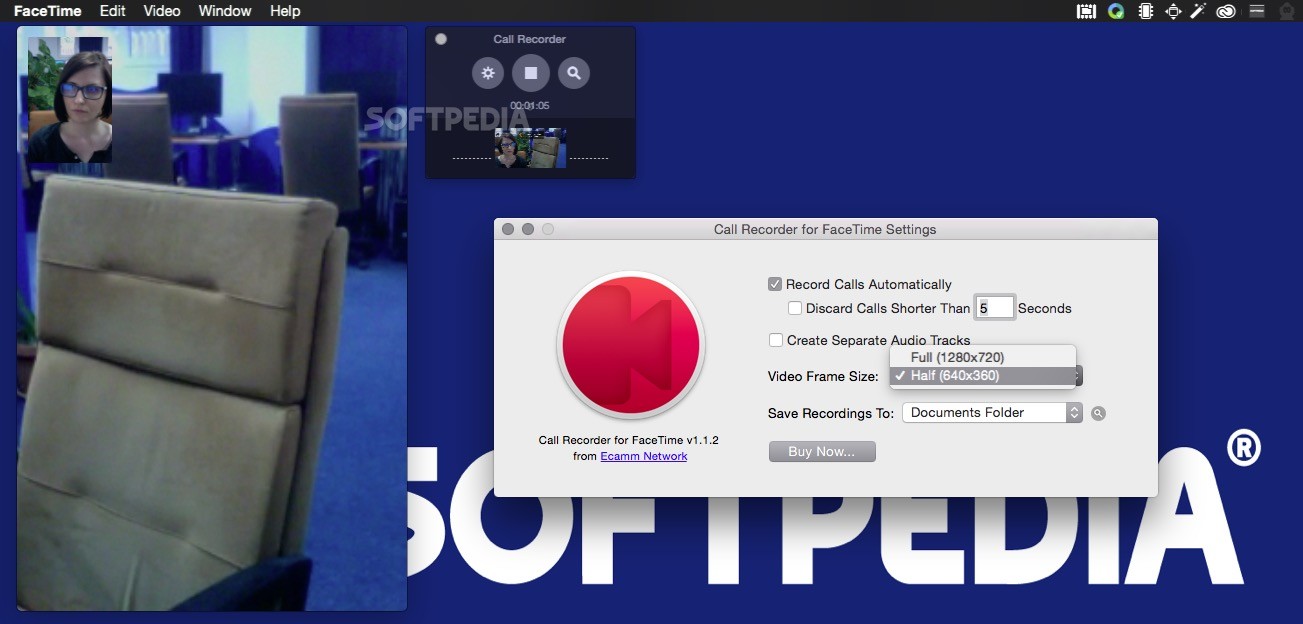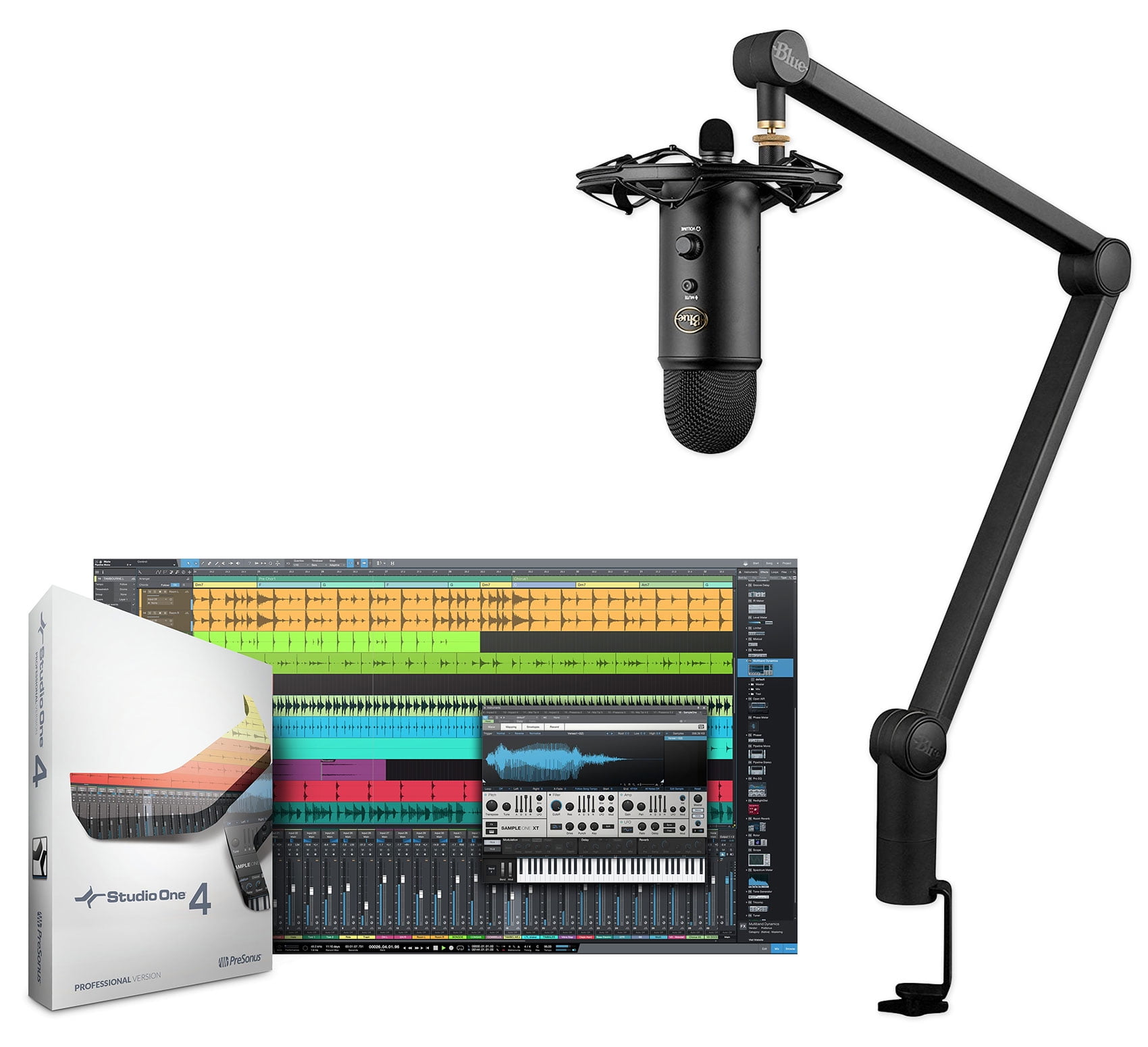

That being said, the shotgun microphone is our first choice audio source. Maybe you’re using a wireless lav kit and random radio waves start causing interference in your signal.Īlso, lav mics can get covered by clothing fabric in a way that muffles the mic’s ability to record properly (this is especially common when after the interview starts, you realize that your interviewee is very animated and loves moving around a lot).

The interviewee perhaps rubs their neck itching a scratch and accidentally rubs the microphone off their collar or causes a strange noise in the mic. The problem with lav microphones is that they can often fall victim to interviewee error. We use a shotgun mic AND a lav mic simultaneously, as we always want to have at least one backup audio source. So why don’t you always use the lav mic instead of the shotgun mic? With the exception of low budget productions or perhaps reality shows, you will never see a lav microphone appear on a character in a film. This microphone is super discrete and when adhered to your interviewee properly, the audience will never suspect it’s there. This mic is tiny and it still sounds great! Also, the microphone’s cable is super thin. The biggest benefit of the B6 as compared to other lavs is its size.
Boom recorder pro professional#
While the B6 may be a bit more costly than most filmmakers are expecting to spend on a lavalier microphone, this one sets apart interviews that look and sound professional vs amateur. The lav microphone we love most is the Countryman B6. The lav mic acts as our primary backup audio source. Yes, for our interviews we almost always will have a lav microphone on the interview subject. The microphone should be positioned as close to the interviewee as possible while staying out of frame.Ĭheck out the positioning of the microphone in this interview we shot of Jeremy. In a single person interview, you should point the shotgun microphone in the direction of area around the interviewee’s chin. Without going too deep into the science of all the various pickup patterns out there, a supercardiod pickup pattern is an audio recording pattern that allows a shotgun microphone to record sound coming from one direction while avoiding prominent pickup of the distracting sounds in the surrounding environment. The NTG-3 shotgun microphone has what’s called a supercardiod pickup pattern.

Our go-to shotgun microphone is the Rode NTG-3. However, for single person interviews there is one type of microphone that we use 9 times out of 10. Just a like choosing a lens, there is a perfect microphone for every occasion. Great sound quality starts with a great microphone. Keep reading on to learn about the setup we recommend for most interviews… What’s the best microphone option? While our audio setup may change depending on the environment we are in, whenever we know that we will be conducting a single person interview, we always carry our standard kit of audio tools that ensure we can record the interviewee’s dialogue in a high quality way. Having a standard process in how you set up your sound recording and a standard kit of tools you will use, gives you piece of mind that the most essential element of your interview production does not effect the interview’s conversation. Without sound, all you’re left with is a talking head that does not transmit any message to the viewer. It’s so common for filmmakers to spend hours on set design and lighting and only a few minutes on audio. That’s right, the MOST important element. When you’re filming an interview, the audio recording of the interviewee’s voice is the most important element of your production.


 0 kommentar(er)
0 kommentar(er)
